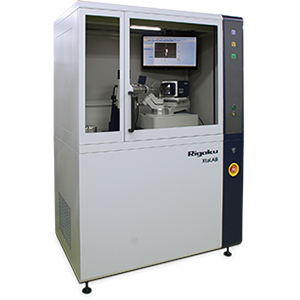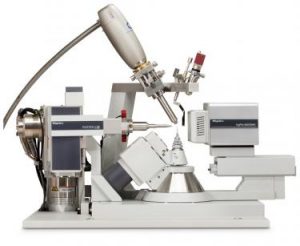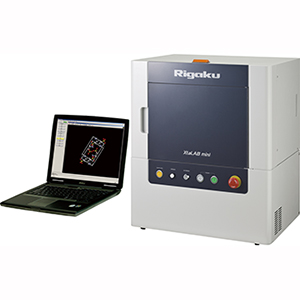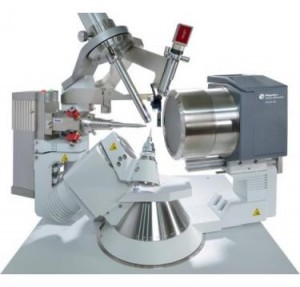Small Molecule Crystallography / X-Ray Diffraction (XRD)
Small molecule crystallography or x-ray diffraction (XRD), also known as Single Crystal X-Ray Diffraction (SXRD) or chemical crystallography is a technique that is particularly useful for determining the 3-dimensional structure of small molecules that are interest to chemists and biologists. Such compounds may be organic or inorganic in nature and often have molecular weights less than 2000Da.
This technique is used to study issues that are primarily of a chemical nature. It provides accurate and precise measurements on a molecular scale that are simply not possible using any other analytical technique.
Applications
Some applications of small molecule x-ray diffraction include determining the 3-dimensional structure of:
- Synthetic chemicals
- Catalysis
- Pharmaceuticals and drug development
- Natural products
- Metallo-supramolecular self-assemblies
- Metal organic frameworks (MOFs)
Drug Development
The determination of structure is of particular interest in the process of drug development. It can provide information about ligand-receptor binding by providing unique structural features both about the conformation (internal geometry) of the ligand/s and about the intermolecular interaction potentially occurring within the active site of a target (enzyme/receptor). Knowledge of the 3-dimensional structure of small molecules can be vital in speeding up the search for new drug candidatesSmall molecule crystal structure databases can also be used in three dimensional search to identify new drug candidates.





